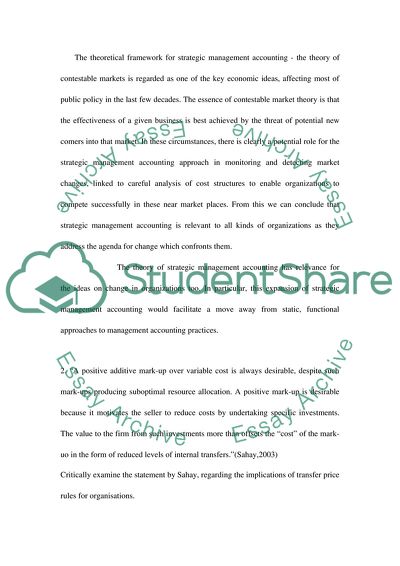Cite this document
(Management Accounting and Decision Making Assignment, n.d.)
Management Accounting and Decision Making Assignment. https://studentshare.org/finance-accounting/1704762-exam-paper
Management Accounting and Decision Making Assignment. https://studentshare.org/finance-accounting/1704762-exam-paper
(Management Accounting and Decision Making Assignment)
Management Accounting and Decision Making Assignment. https://studentshare.org/finance-accounting/1704762-exam-paper.
Management Accounting and Decision Making Assignment. https://studentshare.org/finance-accounting/1704762-exam-paper.
“Management Accounting and Decision Making Assignment”. https://studentshare.org/finance-accounting/1704762-exam-paper.


